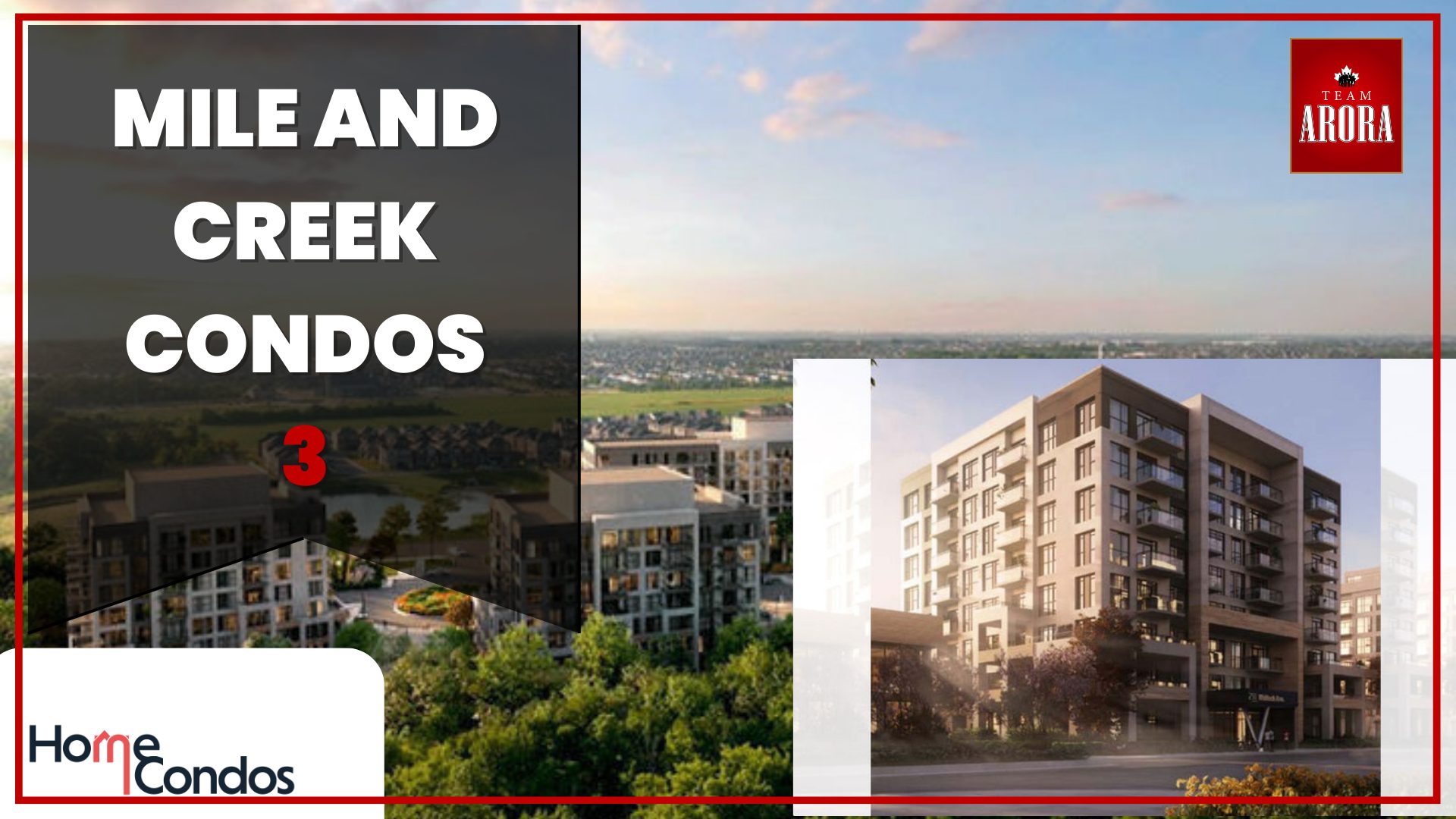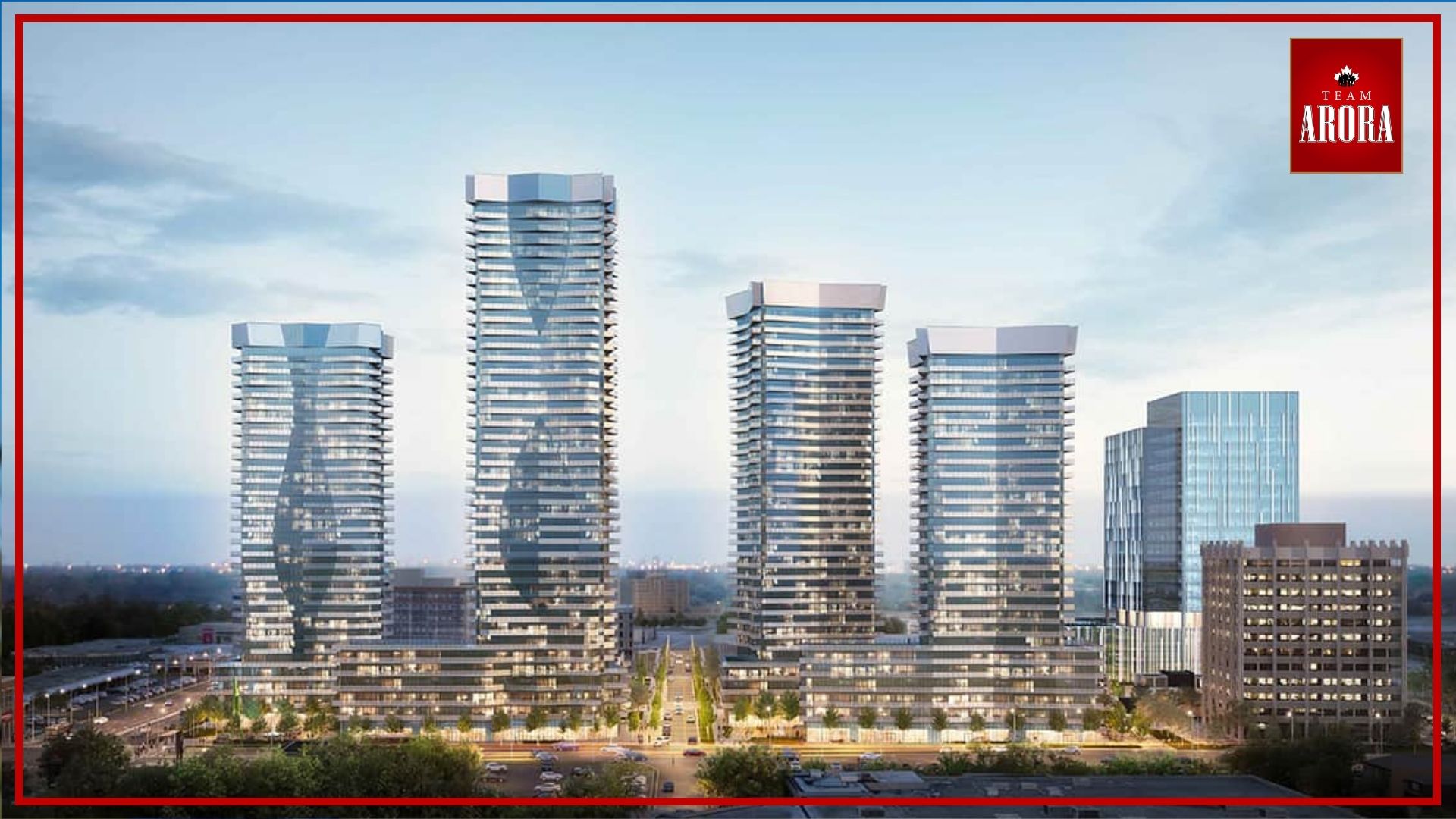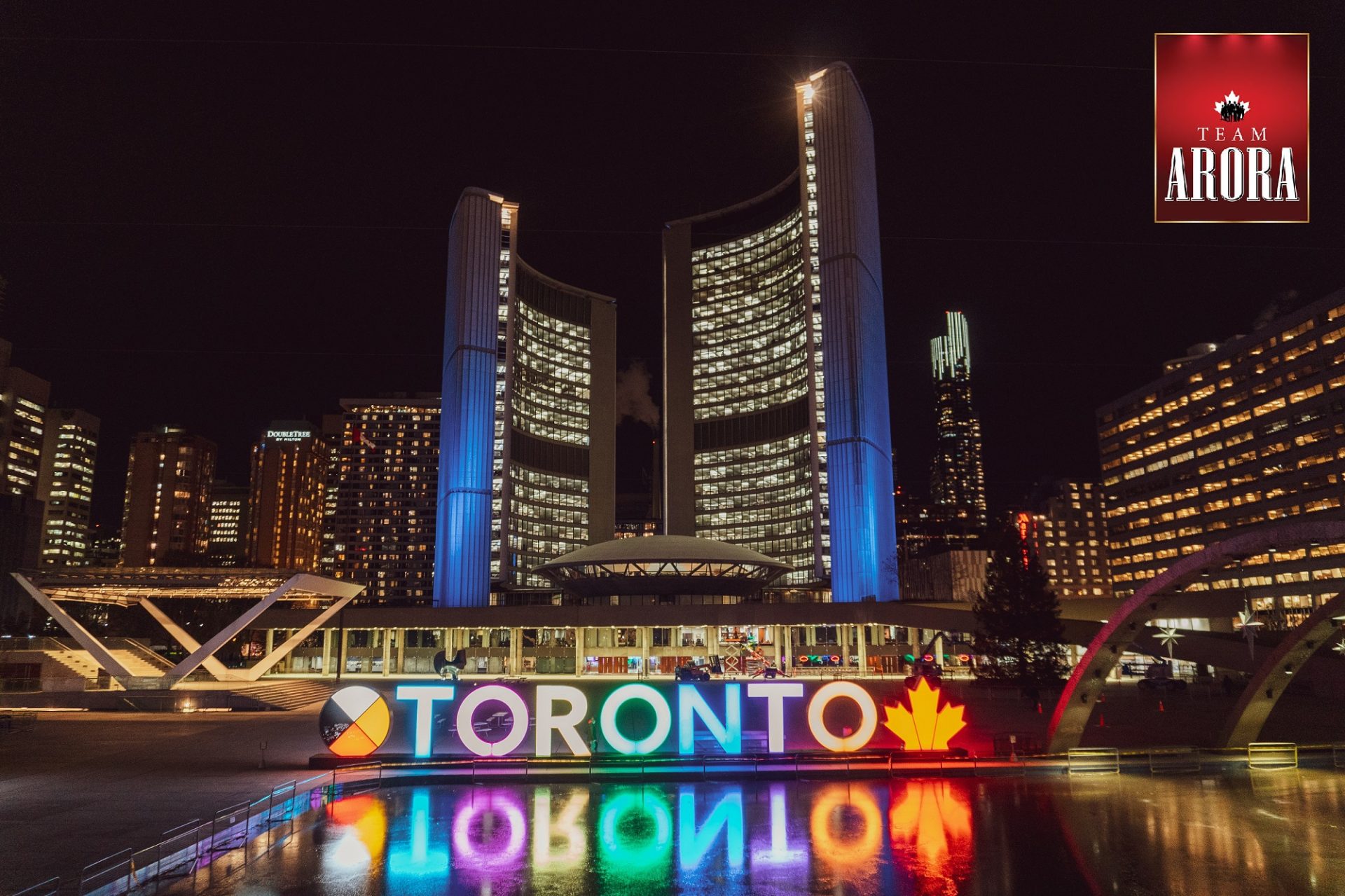The Ontario real estate market will evolve fast in 2025. While big cities like Toronto and Ottawa still attract attention, savvy homebuyers and investors are increasingly setting their sights on emerging residential hotspots that offer more space, better affordability, and long-term value.
With new infrastructure projects, remote work flexibility, and growing demand for lifestyle-focused communities, smaller cities and mid-sized towns across Ontario are experiencing a residential renaissance. These aren’t just fallback options—they’re becoming prime destinations for people who want both quality of life and smart property investments.
In this blog, we reveal the Top 5 Residential Property Hotspots in Ontario for 2025—cities that are buzzing with opportunity, strong growth, and vibrant communities. Whether you’re a first-time homebuyer, a growing family, or a real estate investor, these locations deserve a spot on your radar.
1. Barrie: A Lakeside City Turning into a Real Estate Powerhouse
Once a quiet escape for weekenders, Barrie is now a front-runner in Ontario’s residential boom. Its location on Lake Simcoe and proximity to the GTA make it ideal for commuters, but it’s becoming more than a bedroom community.
The city has invested heavily in transportation infrastructure, including GO Train improvements and Highway 400 upgrades, making travel to Toronto easier. There’s also a shift in housing demand—from single-detached homes to mid-rise condos and townhouses, catering to first-time buyers and downsizers alike.
With waterfront trails, ski resorts nearby, and a rising downtown scene, Barrie offers a balanced lifestyle that appeals to young families, retirees, and remote professionals.

2. Kitchener-Waterloo: Tech Boom Fuels Urban Real Estate
Known for its innovation corridor, Kitchener-Waterloo has transitioned into one of Ontario’s most dynamic housing markets. It’s home to tech giants like Google and a growing startup ecosystem supported by the University of Waterloo and Wilfrid Laurier University.
This intellectual and entrepreneurial energy has created strong demand for urban living, especially condos and mixed-use developments near the ION Light Rail Transit (LRT). The region has also embraced sustainable living, with green-certified buildings and smart city planning.
If you’re a millennial buyer, an investor looking for rental demand, or a professional seeking a walkable lifestyle, Kitchener-Waterloo checks every box in 2025.
3. London: Ontario’s “Mid-Sized Megacity” on the Rise
Often overlooked in the past, London is fast becoming a residential hotspot, especially in 2025. With a strong healthcare, education, and manufacturing presence, the city has a diverse economy and high employment stability.
The recent rise in remote work and interprovincial migration has brought fresh attention to London’s affordable housing, lower cost of living, and family-friendly amenities. Areas like South London and Hyde Park are seeing a surge in modern home developments and pre-construction condos.
With an expanding transit network and new businesses opening downtown, London is poised for sustained growth—without the price tag of Toronto or Ottawa.
4. St. Catharines: The Niagara Region’s Residential Hidden Gem
Located along the Niagara wine route, St. Catharines is quickly rising in the ranks as a desirable place to live. It combines lakefront serenity with access to urban convenience and border proximity to the U.S.
With GO Train expansion and new residential zoning laws, developers are rolling out mid-density condo projects and townhome communities tailored to retirees, empty nesters, and remote workers.
It’s a prime option for those priced out of the GTA but still wanting a connected, scenic lifestyle. Plus, St. Catharines offers a quality of life that feels like a vacation—with parks, cultural venues, and easy highway access to Toronto and Buffalo.
5. Oshawa: Durham Region’s Fastest-Growing City
Once known primarily for its automotive roots, Oshawa has transformed into a real estate magnet in the eastern GTA corridor. With booming population numbers and strategic investments in transit, health care, and education, Oshawa’s growth is no accident.
Pre-construction communities, master-planned neighbourhoods, and transit-oriented developments near the GO Station are redefining the skyline. For families, there are reputable schools, community centers, and beautiful parks. For professionals, there’s proximity to Toronto without downtown pricing.
The ongoing 407 East extension and a major push toward high-rise residential growth are turning Oshawa into a long-term winner for both homeowners and investors.
🧠 Final Thoughts
In 2025, Ontario’s residential landscape is being shaped by a new wave of migration patterns, affordability concerns, and changing lifestyle priorities.
Whether you’re a family needing more space, a first-time buyer looking for value, or an investor chasing appreciation potential, cities like Barrie, Kitchener-Waterloo, London, St. Catharines, and Oshawa are emerging as the top residential opportunities.
📍Ready to explore these growing communities? Visit homencondos.ca to browse the latest listings, book consultations with our property experts, and stay ahead in Ontario’s ever-evolving housing market.
❓ Frequently Asked Questions (FAQs)
1. Why are smaller Ontario cities becoming popular for residential investments?
Smaller Ontario cities like London, Barrie, and St. Catharines are gaining popularity due to a blend of affordability, improved infrastructure, and increased work-from-home flexibility. As major cities like Toronto and Ottawa become financially out of reach for many, buyers and investors are shifting toward mid-sized towns where they can afford larger homes, access nature, and enjoy a lower cost of living. Additionally, the provincial government has made efforts to improve regional connectivity through transit upgrades, boosting the appeal of these smaller markets.
Moreover, these cities are no longer “sleepy” communities—they’re hubs of local business, educational institutions, and even growing tech sectors. With more amenities, better schools, and rapid development, they offer a lifestyle and ROI that urban centers struggle to match in 2025.
2. Is it better to buy a pre-construction condo or an existing home in these hotspots?
The answer depends on your goals. If you’re an investor or a long-term planner, pre-construction condos in hotspots like Kitchener or Oshawa offer early pricing, modern amenities, and strong appreciation potential. You also benefit from staggered payments, giving you time to arrange financing and watch your asset grow before taking possession.
On the other hand, if you’re a family looking to move in immediately or a buyer seeking less risk, an existing home offers the advantage of immediate occupancy, predictable costs, and full transparency. It’s also easier to secure a mortgage with a finished property.
In both cases, make sure to research local market trends, check the developer’s reputation (if pre-construction), and consider future resale value based on the area’s growth projections.
3. Are these hotspots good for first-time buyers or mostly investors?
They’re excellent for both. First-time buyers benefit from more attainable prices, especially in markets like Barrie and St. Catharines, where detached homes and entry-level condos are still accessible under $700,000. These locations offer room to grow and often come with government incentives or new-build programs tailored to young homeowners.
For investors, the consistent population growth, rental demand (especially in college towns like London and Kitchener), and government-backed infrastructure projects create the perfect environment for steady returns. The key is to align your purchase with your long-term goals—whether that’s rental income, capital appreciation, or personal use.
4. How is infrastructure impacting residential growth in these areas?
Infrastructure is one of the biggest drivers of real estate growth. In all five hotspots, there are major investments in transit, highways, healthcare, and education. For instance, Oshawa’s connection via the GO Train and Highway 407 expansion has opened it up to commuters who once avoided the area due to travel times.
Similarly, Barrie’s train service, London’s transit master plan, and Kitchener-Waterloo’s LRT are connecting neighbourhoods and reducing car dependency. These improvements not only enhance lifestyle and convenience, but also boost property values, making homes in these areas smart long-term investments.
5. How can I stay ahead of trends and get early access to new developments?
To stay ahead in Ontario’s evolving real estate market, it’s important to be proactive. Sign up for alerts from reputable platforms like homencondos.ca, where we offer early access to pre-construction launches, exclusive VIP pricing, and in-depth area reports.
Working with experienced realtors who specialize in emerging communities is also crucial. They often have relationships with developers, access to private inventory, and insights into where the next big growth zones will be. By staying informed, attending property expos, and booking early consultations, you can beat the crowd and secure your future home or investment property before prices surge.





















